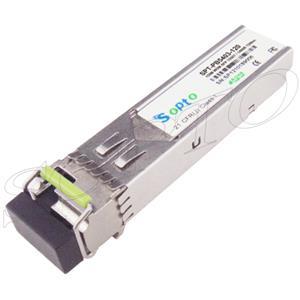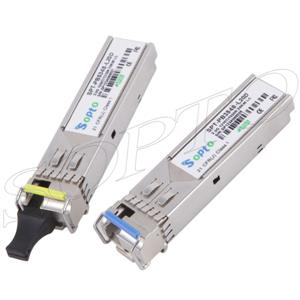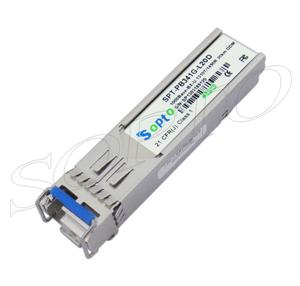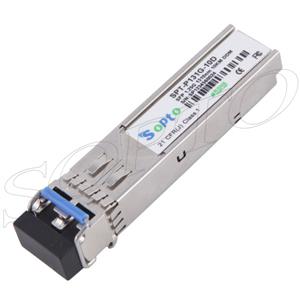-

- Sopto Home
-

- Special Topic
-

- Module Knowledge
-

- Laser Diode Performance Characteristics
Module Knowledge
- Tips for Buying 10G XFP Transceivers
- XFP Transceivers for Telecommunications
- Three Types of Ethernet SFP Transceiver Modules Introduction
- Info about High Density CXP Optical Module
- Multipurpose CFP Optical Modules
- Info about CFP Management Interface
- SFP+ Transceivers Short Range Module Overview
- 3 Reasons Every Network Needs GLC-LH-SM Transceiver
- Is the GLC-SX-MM Transceiver Right for Your Switch?
SOPTO Special Topic
Certificate



Guarantee
Except products belongs to Bargain Shop section, all products are warranted by SOPTO only to purchasers for resale or for use in business or original equipment manufacturer, against defects in workmanship or materials under normal use (consumables, normal tear and wear excluded) for one year after date of purchase from SOPTO, unless otherwise stated...
Return Policies
Defective products will be accepted for exchange, at our discretion, within 14 days from receipt. Buyer might be requested to return the defective products to SOPTO for verification or authorized service location, as SOPTO designated, shipping costs prepaid. .....
Applications
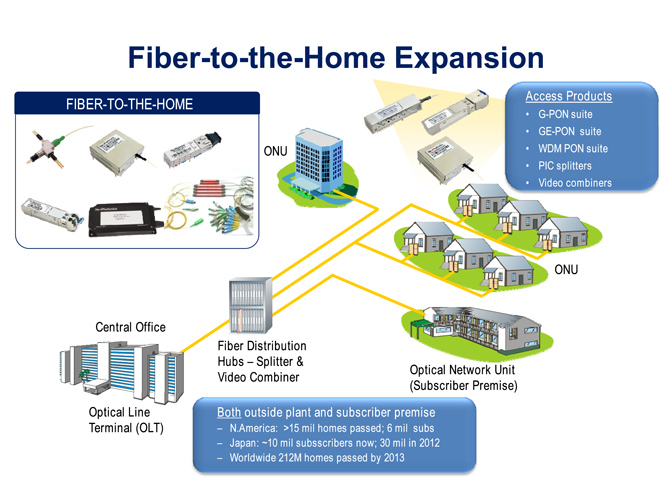 Fiber Optic Transceiver Modules can be applied to these occasions or fields.
Fiber Optic Transceiver Modules can be applied to these occasions or fields.
Ethernet
IPTV
FTTX
Security
Video Monitor
SDH/SONET
Data Communication
Storage Area Networks
SOPTO Products
- Fiber Optic Transceiver Module
- High Speed Cable
- Fiber Optical Cable
- Fiber Optical Patch Cords
- Splitter CWDM DWDM
- PON Solution
- FTTH Box ODF Closure
- PCI-E Network Card
- Network Cables
- Fiber Optical Adapter
- Fiber Optical Attenuator
- Fiber Media Converter
- PDH Multiplexers
- Protocol Converter
- Digital Video Multiplexer
- Fiber Optical Tools
- Compatible
Performance Feature
Stable
Low cost
Small size
Economic
Dust-proof
High speed
Hot-pluggable
Good EMI, EMC
Wide appliaction field
DDM function available
Long transmission distance
Good Anti-static performance
Module Knowledge
Recommended
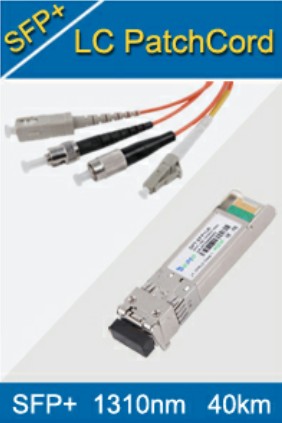
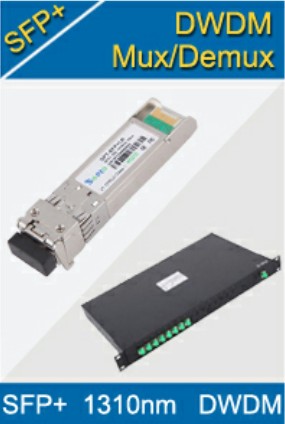
Laser Diode Performance Characteristics
Several key characteristics lasers determine their usefulness in a given application. These are:
Peak Wavelength:
This is the wavelength at which the source emits the most power. It should be matched to the wavelengths that are transmitted with the least attenuation through optical fiber. The most common peak wavelengths are 1310, 1550, and 1625 nm.
Spectral Width:
Ideally, all the light emitted from a laser would be at the peak wavelength, but in practice the light is emitted in a range of wavelengths centered at the peak wavelength. This range is called the spectral width of the source.
Emission Pattern:
The pattern of emitted light affects the amount of light that can be coupled into the optical fiber. The size of the emitting region should be similar to the diameter of the fiber core. Figure 2 illustrates the emission pattern of a laser.
Power:
The best results are usually achieved by coupling as much of a source's power into the fiber as possible. The key requirement is that the output power of the source be strong enough to provide sufficient power to the detector at the receiving end, considering fiber attenuation, coupling losses and other system constraints. In general, lasers are more powerful than LEDs.
Figure 2 - Laser Emission Pattern
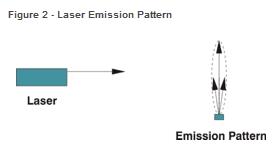
Laser Emission Pattern
Speed: A source should turn on and off fast enough to meet the bandwidth limits of the system. The speed is given according to a source's rise or fall time, the time required to go from 10% to 90% of peak power. Lasers have faster rise and fall times than LEDs. Linearity is another important characteristic to light sources for some applications.
Linearity represents the degree to which the optical output is directly proportional to the electrical current input. Most light sources give little or no attention to linearity, making them usable only for digital applications. Analog applications require close attention to linearity. Nonlinearity in lasers causes harmonic distortion in the analog signal that is transmitted over an analog fiber optic link. Lasers are temperature sensitive; the lasing threshold will change with the temperature. Figure 3 shows the typical behavior of a laser diode.
As operating temperature changes, several effects can occur. First, the threshold current changes. The threshold current is always lower at lower temperatures and vice versa. The second change that can be important is the slope efficiency. The slope efficiency is the number of milliwatts or microwatts of light output per milliampere of increased drive current above threshold. Most lasers show a drop in slope efficiency as temperature increases.
Thus, lasers require a method of stabilizing the threshold to achieve maximum performance. Often, a photodiode is used to monitor the light output on the rear facet of the laser. The current from the photodiode changes with variations in light output and provides feedback to adjust the laser drive current.
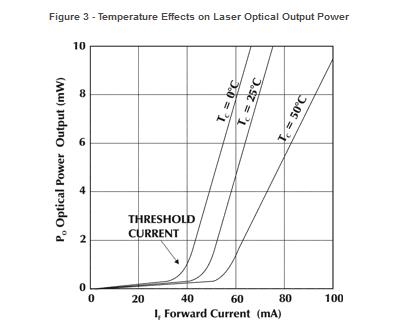

Figure 4a shows the behavior of an LED, and Figure 4b shows the behavior of a laser diode. The plots show the relative amount of light output versus electrical drive current. The LED outputs light that is approximately linear with the drive current. Nearly all LED's exhibit a "droop" in the curve as shown in Figure 4b.
This nonlinearity in the LED limits its usefulness in analog applications. The droop can be caused by a number of factors in the LED semiconductor physics but is often largely due to self-heating of the LED chip. All LED's drop in efficiency as their operating temperature increases. Thus, as the LED is driven to higher currents, the LED chip gets hotter causing a drop in conversion efficiency and the droop apparent in Figure 4a. LED's are typically operated at currents to about 100 mA peak. Only specialized devices operate at higher current levels.
Related Knowledge:
- Optical Module-Analog Laser Drive Circuits
- Optical Module-Backreflection
- Optical Module-Laser Types
- Optical Module-CWDM and DWDM
- Fiber optic transceiver and fiber connectors
Guess Products You May Like:






